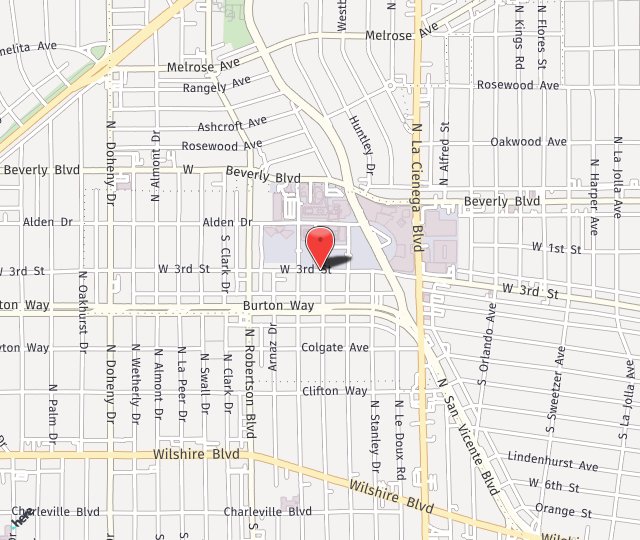Taking Pressure Off A Nerve
- Posted on: Aug 15 2018

In these cases of compression, the nerve has to be freed. Dr. Seruya performs neurolysis to decompress the nerve and to cut out scar tissue that has formed due to the prolonged irritation and inflammation of the nerve.
Who would benefit from neurolysis?
Entrapment injuries, where the nerve has to travel through a narrow space, are common problems treated with neurolysis. These are conditions such as carpal tunnel syndrome in the wrist, cubital tunnel syndrome in the elbow, peroneal nerve entrapment on the knee, and others. When this compression happens the nerve isn’t cut or damaged, but the outer lining, the myelin, can be damaged by the pressure caused by these tight structures. When this happens, the body responds by building scar tissue to replace the myelin. The problem with scar tissue is that it doesn’t conduct the electrical signals in the same way as myelin, so muscles are not signaled to contract and areas of the skin feel numb or tingly.
These are perfect cases where neurolysis can be the best treatment option.
How does Dr. Seruya perform neurolysis?
These decompression procedures can be performed usually in under one hour per surgical site. The patient can be under local or general anesthesia. A small incision is made above the site of the compressed nerve. Scar tissue will be removed in most areas. In some areas, as with the cubital tunnel, bone that is hindering the easy gliding of the nerve will be shaved down. Different areas require different decompression strategies. The goal in all neurolysis procedures is to remove the source of compression affecting the nerve.
Recovery from neurolysis
Patients return home the same day. Light activity is encouraged when comfortable for the patient. One week after surgery, patients can remove their bandages and get the incision wet. Usually in around six weeks, the patient can resume full activity. When the case of compression is minor or intermittent, these surgeries with Dr. Seruya often provide instant relief of numbness, tingling, and pain. When the compression has been happening for a period of time, or when the compression is severe, it may take many months for the full relief of symptoms and return of muscle function. The myelin has to heal.
If you have ongoing tingling or numbness in your fingers or other areas, there’s a good chance you have nerve entrapment. Call Dr. Seruya at (310) 423-2129 and let’s take a look. Neurolysis may be what you need to get back to full function.
Posted in: Nerve Decompression/Neurolysis

